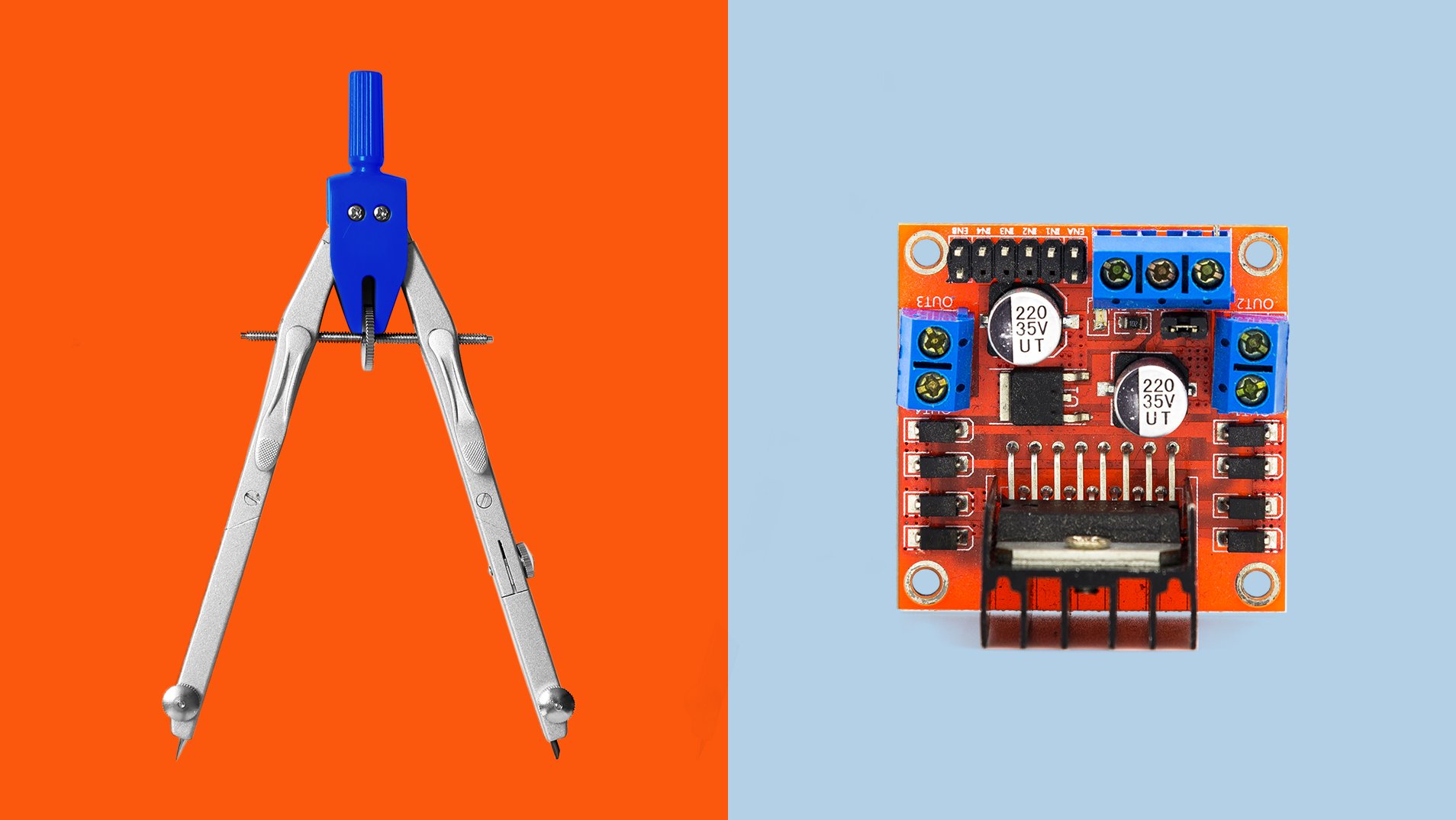Digital construction: why transformation is critical, and collaboration is just the start

Construction firms are under pressure to deliver complex projects, in shrinking timescales, with tighter budgets. And, with 98% of projects over budget by as much as 80%, running on average of a year late, something has to change; and change fast.
Digitise the process to improve transparency and speed
The fluidity of construction projects has long been a challenge, but according to Neil, technology now exists that can help firms improve collaboration and deliver projects on time. “Unlike other industries, there is huge interdependency in construction; between architects, suppliers, contractors and workers, and one minor delay can have a huge knock-on effect for the entire build.”
“Working from paper drawings when projects can change from one day to the next has always created problems for alignment and collaboration,” continues Neil. “But now, a constellation of digital collaboration tools are offering a platform to solve the problem.”
With the need to distribute instructions, plans and drawings to a workforce of potentially thousands on-site every day, going digital is speeding up the process and reducing errors. “By digitising we can provide the transparency everyone needs to prevent costly mistakes in the build, while also ensuring everyone is aligned throughout the supply chain, from design through to completion.”
With so many contractors, suppliers and people involved in a construction project, organising the perfect workflow isn’t easy, but here are Neil’s top tips on where to focus your time and energy:
1. Build an interoperable platform that allows information to flow
“One of the biggest benefits of embracing digital technologies is the fact that they can integrate through APIs, meaning construction companies can work collaboratively with architects, engineers and contractors on tools like Autodesk and Dropbox, which now integrate,” says Neil. “Focus efforts on building a platform that allows information to flow from application to application and not document to document because it will help you build smarter, safer, and faster.”
2. Think about who the customer is when designing and building workflows
“When you think about who you’re really building for, the customer can vary wildly,” says Neil. “For example, when building a hospital, you may be building it for the NHS, but you’re designing it for doctors, patients, and nurses. When you are able to better identify your customer, it should make it easier to design more intelligently and build better.”
3. Work with the end user to co-create the workflow
“New processes and technologies don’t work when they are designed at the top and fed down,” says Neil. “The best way to drive change is to work with the end-users and co-create. This way you can focus on the user experience and design better processes while fostering an environment where people feel their ideas are listened to.”
As a final piece of advice, Neil had this to share: “There’s a misconception that the construction industry isn’t innovative and lagging behind in its transformation. But we’ve participated in the creation of a new railway under London with minimum disruption, and that makes us an extremely innovative industry. Cloud technology offers an opportunity to innovate even further. Start by solving a very particular problem and grow your investment in digital from there.”
Dropbox keeps construction projects on track by integrating with core industry technology like Adobe, Fieldwire, Autodesk, Bluebeam and more. Watch our video to find out how.




